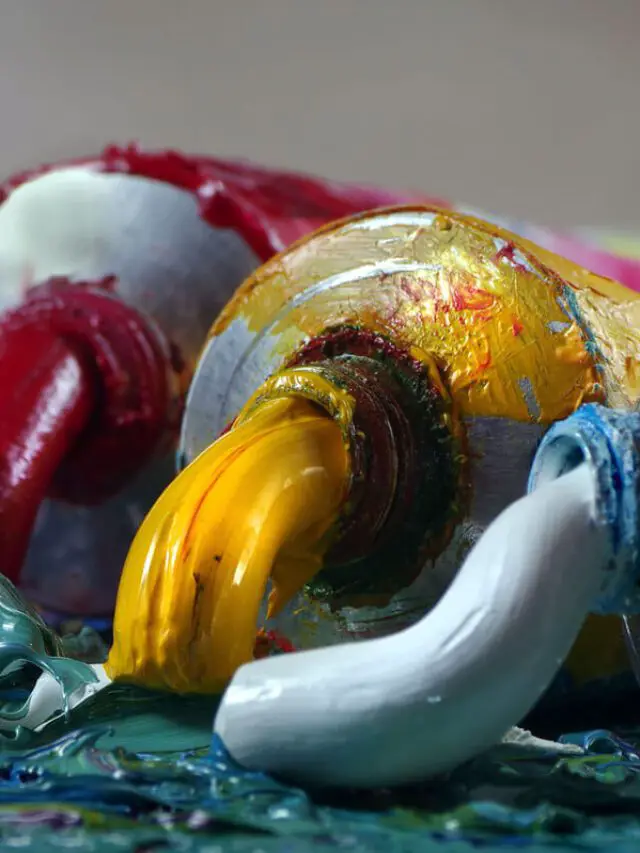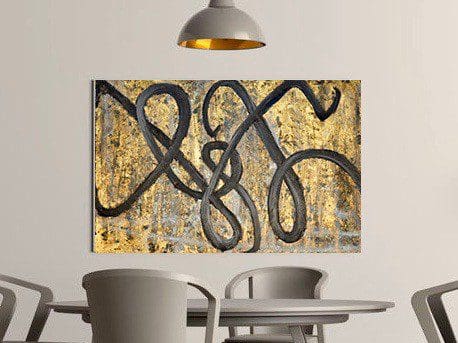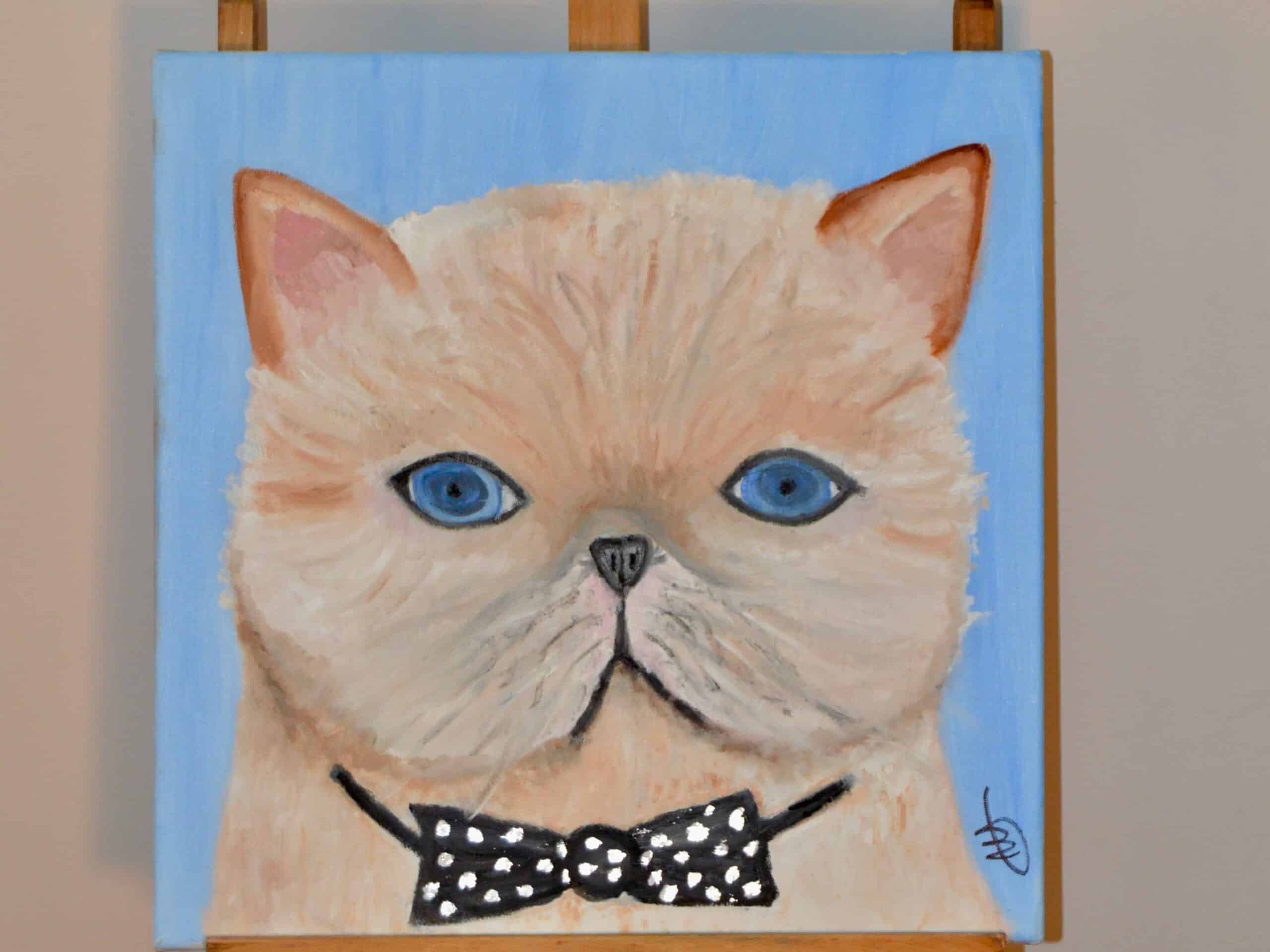When looking at a new artistic pursuit like painting, you may ask yourself, why should I choose oil painting over other paint mediums? When considering to start painting, I also asked myself this very same question.
You should consider oil painting over other paint mediums for many reasons. The 5 top reasons to use oil paints are 1) the vibrancy of the colors you can obtain, 2) they mix well with other paints and other mediums, 3) oil paints have excellent color blending properties, 4) the slow drying process of oil paints gives added control and 5) oil painting has been done for centuries.
Table of Contents
- Exploring Oil Painting: 5 Compelling Reasons to Use Oil Paints Over Other Mediums
- Related Questions
Exploring Oil Painting: 5 Compelling Reasons to Use Oil Paints Over Other Mediums
Delving into a new artistic venture such as painting often leads to the pivotal question: why opt for oil painting instead of other mediums? This is a question I grappled with when I first considered embarking on my painting journey.

The allure of oil painting is rooted in many reasons, making it a preferred choice for many artists. From its unique texture and versatility to the richness it brings to artworks, oil painting stands out in the realm of artistic expression.
Let’s dive into why oil painting could be an enriching addition to your artistic repertoire.
Oil paints produce vibrant colors.
Oil paints can produce very vibrant colors. The reason is that oil paints have a higher amount of color pigments in them than other paints. This is a very good thing, especially if you like me and like to paint using bright and vibrant colors that will stay vibrant.
But to ensure the colors stay vibrant and you do not end up with dull patches on your canvas as the oil paints are drying, it is best that you use a primer on your canvas or you buy a canvas that already has a thin primer on it.
If you buy a canvas with a primer, it is recommended that you either paint a thin coat of oil paint on top of the canvas as a base coat or put additional primer on the canvas. This will help ensure that your oil paint colors will remain vibrant and not get any dull patches on the canvas as the oil paints start to dry.

Oil paints can be easily mixed with other paints and other mediums.
Oil paints can be mixed with other paints and other mediums. This is what makes it such a great versatile medium.
Here are some paints and other mediums you can try to use with your oil paints:
Mixing Oil paints and acrylic paints –
It is no problem to mix oil paints with acrylic paints, but this should happen on the canvas and not be mixed together on the palette.
The rule is that you paint the oil paints over the acrylic paints, not the acrylic paints on top of the oil paints. This is because oil paints are oil-based, and acrylic paints are water-based.
Mixing Oil paints and watercolor paints –
You can also mix oil paints with watercolor paints, but this should only be done when you are looking for the effect of mixing the two paints on the canvas. When mixing water paints with oil paints, it is best to paint the oil paints on top of the water paints and not the other way around.
Mixing Oil paints with oil pastels –
If you want to work in oil pastels and paints, you can mix them without any problem to give some interesting effects. But again, this should only be done if you are looking for these kinds of effects it will produce.
Mixing Oil paints with gold or silver leaf –
I use a lot of oil paints with gold and silver leaf for my paintings; I have both painted on top of the gold or silver leaf or used the oil paints to attach the oil and silver leaf to the canvas.
Using Oil paints and wax –
I also paint together with oil paints and wax. I will apply the oil paints to the canvas to give it an undercoat. Once the oil paint is used, I will apply the gold or silver leaf to the canvas and let it dry completely.
Once dried, I will apply furniture wax with some color to tone down the gold or silver leaf tones. Then I use oil paints on the gold or silver leaf and the wax. Oil paints handle this technique very well.
One of the great things about oil paints is that you can experiment with them and see what happens. That is one of the excellent properties of oil paints in that it mixes well with all types of paint and other mediums.

Oil paints have unique color-blending properties.
Oil paints have amazing color-blending properties. One reason this is possible is unlike acrylics, which dry quickly, oil paints will dry slowly, which allows you to blend the colors easier.
Some artists will blend all their colors for their canvas on their palettes. Others will tend to do a lot of color blending on the canvas. I tend to use a combination of both of these techniques but lean more towards mixing my colors on the canvas.
For example, I may purposedly use a dark color on the canvas and then paint white over the dark color to get my desired color tone. I happen to like the various color dimensions and differences it can give with the oil paints by doing this.
As oil paints dry slowly, I can paint an entire day and still be able to mix and blend different color choices on the canvas. I can come back the next day and do the same. With acrylics, this would not be possible. The downside of this is if you make a mistake, you will probably need to wait several days for the paints to dry to fix the mistake.
Oil paints dry slowly, giving you more control over the entire painting process.
Oil paints dry slowly, giving you more control over your entire painting process, especially if you like to work slowly and methodically. The reason for this is you can take your time with your painting, or if you have interruptions, you can get right back to where you left off.
Depending on the color, the humidity of where you live, and the paint’s thickness, it can take 18 to 24 hours for it to be dry to the touch but longer to be completely dry. I usually give my oil paintings five days to a week between my oil paint coats
On the other hand, acrylic paints can dry in an hour. So, to work with acrylic paints, you need to be able to work quickly with the paints and on the canvas.
Artists have done oil painting for centuries.
The artistic masters have used oil paints as their choice of painting medium for centuries. Oil painting started in western and central Afghanistan between the 5th and 10th centuries. These very early oil painters used oil paints to paint mainly Buddhist paintings. Oil painting started to really gain popularity in the Western world in the 15th century.
One of the advantages of oil painting is that this artistic procedure has many years behind the technique, so we understand how the oil paints will do long term or under various conditions. When you are painting with oil paints, you are painting as the masters did so many years ago.

When you paint with oil paints, you will have the vibrancy of colors and can mix the oil paints with other paints and mediums; you also have a paint that will blend well, all while having greater control over the entire oil painting process.
Besides all these benefits, you will be using the true and tested method of oil painting as the master artists have used for many centuries.
Related Questions
Is Oil Painting hard to learn?
Anyone can learn to oil paint; learning to oil paint is no more difficult than learning to paint in any other medium. But like any other artistic pursuit it will take time and effort.
For some ideas and resources on learning oil painting, you can read our blog called, Is Oil Painting Hard to Learn?
What are some benefits of oil painting?
There is a lot of benefits to starting oil painting. In fact, starting to paint or any kind of artistic pursuit can help your overall mental health, happiness, and your well-being.
To find out more about how oil painting can help you and add great benefits to your life, read our blog called Starting Painting With Your Mental, Health, Happiness, and Wellbeing.

